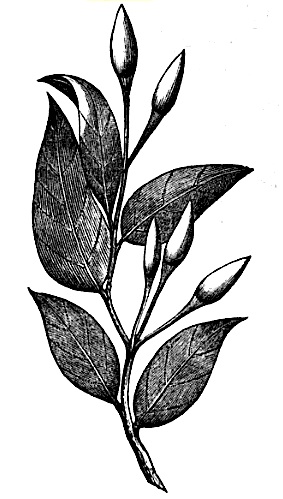 If you’ve read some of the other articles in the Chiles and Health section of the SuperSite, you’re probably aware of just how contentious the debates have been, especially when chile peppers are accused of causing health problems like cancer and ulcers. They don’t of course, but the debate about the healing properties versus the “damaging” aspects of chile pods is much older than you think. As early as 1810, early experts were touting the benefits of Capsicums.
If you’ve read some of the other articles in the Chiles and Health section of the SuperSite, you’re probably aware of just how contentious the debates have been, especially when chile peppers are accused of causing health problems like cancer and ulcers. They don’t of course, but the debate about the healing properties versus the “damaging” aspects of chile pods is much older than you think. As early as 1810, early experts were touting the benefits of Capsicums.
“The use of this and the other species of Capsicum, which have long been employed for culinary purposes, have but lately been adopted as a medicine. Cayenne pepper, which is now much used at our tables, is the fruit of Capsicum baccatum [actually, Capsicum annuum] of Linnaeus, (Bird pepper) and differs not materially in its effects from that of the species here figured, for which it is frequently substituted. In hot climates, particularly in the West Indies, and in some parts of Spanish America, the Capsicum is eaten both with animal and vegetable food in large quantities, and it enters so abundantly into their sauces, that to a person unaccustomed to eat them, their taste is intolerably hot. But in the climates of which the Capsicum is a native, we are told that the free use of it is a salutary practice, being found to strengthen the stomach, assist digestion, and correct that putrescent colliquation of the humours so common in hot climates. As an aromatic of the most acrid and stimulant kind it certainly may be found efficacious in some paralytic and gout cases, or to promote excitement, where the bodily organs are languid and torpid. It has been successfully exhibited in cynanche maligna, and in what by Dr. Mackitrick calls cachexia africana, which he considers as the most frequent and fatal predisposition to disease among negroes. The dose he directs is from six to eight grains.” From: Medical Botany, Volume 1, by William Woodville. London: William Phillips, 1810.
Forty-eight years later, American doctors began to support chiles as a medicine.





